Sterling silver wedding band style ring: 938,700 ppm Silver & 52,000 ppm Copper (+ Tin, Vanadium & Barium.)
XRF test results for the ring pictured.
This is a really good example of typical total metals content for 925-marked modern Sterling Silver. The two main ingredients in modern Sterling are Silver [usually at least 925,000 ppm — hence the “925” mark, which translates to 92.5% of the total make up of metals for the item], and Copper [normally in the range of 50,000 to 60,000 ppm], along with other trace metals [normally metals not considered toxic (or at least not considered toxic at the levels found or in the specific application — in this case, jewelry)].
I always recommend modern Sterling Silver as a safer choice for jewelry (and for any other items that are available made of Sterling Silver – such as spoons and forks, candle sticks, etc.). Antique or vintage Silver items (including jewelry or food-use items) can test positive for high levels of Lead and other toxicants [you can see an example of that here.]
- To see all of the posts in the “Sterling Silver” category here on the website, click here.
- To see all of the posts in the “jewelry” category, click here.
- To see all of the posts in the “costume jewelry” category, click here.
- Click here to read about the concerns for Gold jewelry (which is – more often than not – toxic!]
Sterling silver (925-marked) simple band ring
Tested multiple times to confirm results
Full 60-second test results shared below.
- Lead (Pb): non-detect
- Cadmium (Cd): non-detect
- Mercury (Hg): non-detect
- Arsenic (As): non-detect
- Bromine (Br): non-detect
- Chromium (Cr): non-detect
- Vanadium (V): 3,031 +/- 729 ppm
- Copper (Cu): 52,000 +/- 500 ppm
- Silver (Ag): 938,700 +/- 1,800 ppm
- Tin (Sn): 3,487 +/- 373 ppm
- Barium (Ba): 804 +/- 223 ppm
- No other metals detected in consumer goods mode.
Several pictures in attempt to show true color!
For those new to this website:
Tamara Rubin is a Federal-award-winning independent advocate for consumer goods safety and a documentary filmmaker. She is also a mother of Lead-poisoned children. Tamara’s sons were acutely Lead-poisoned in August of 2005. She began testing consumer goods for toxicants in 2009 and was the parent-advocate responsible for finding Lead in the popular fidget spinner toys in 2017. Tamara uses XRF testing (a scientific method used by the U.S. Consumer Product Safety Commission) to test consumer goods for toxicants (specifically heavy metals), including Lead, Cadmium, Mercury, Antimony, and Arsenic. All test results reported on this website are science-based, accurate, and replicable. Items are tested multiple times, to confirm the test results for each component tested. Please click through to this link to learn more about the testing methodology used for the test results discussed and reported on this website.
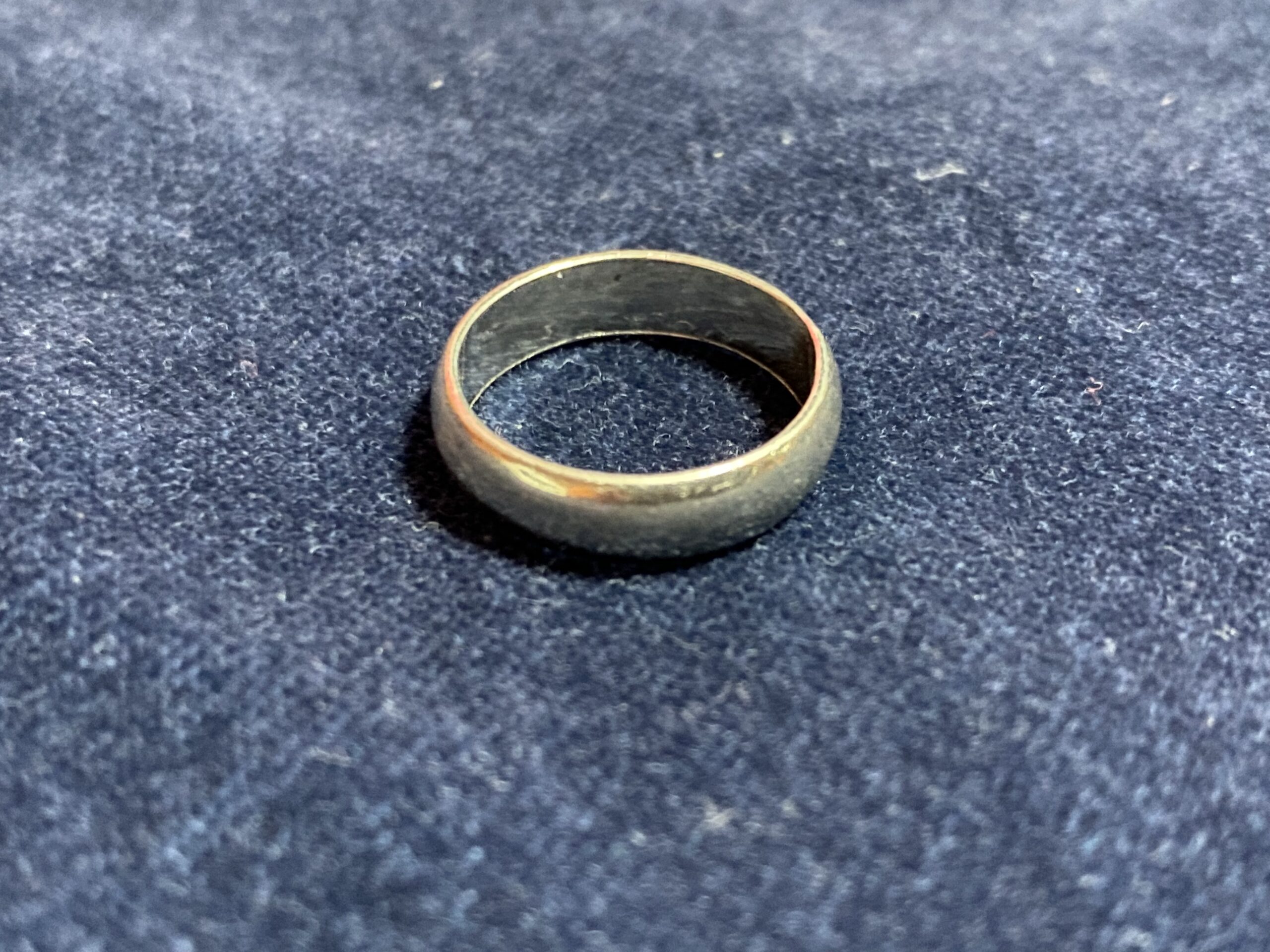
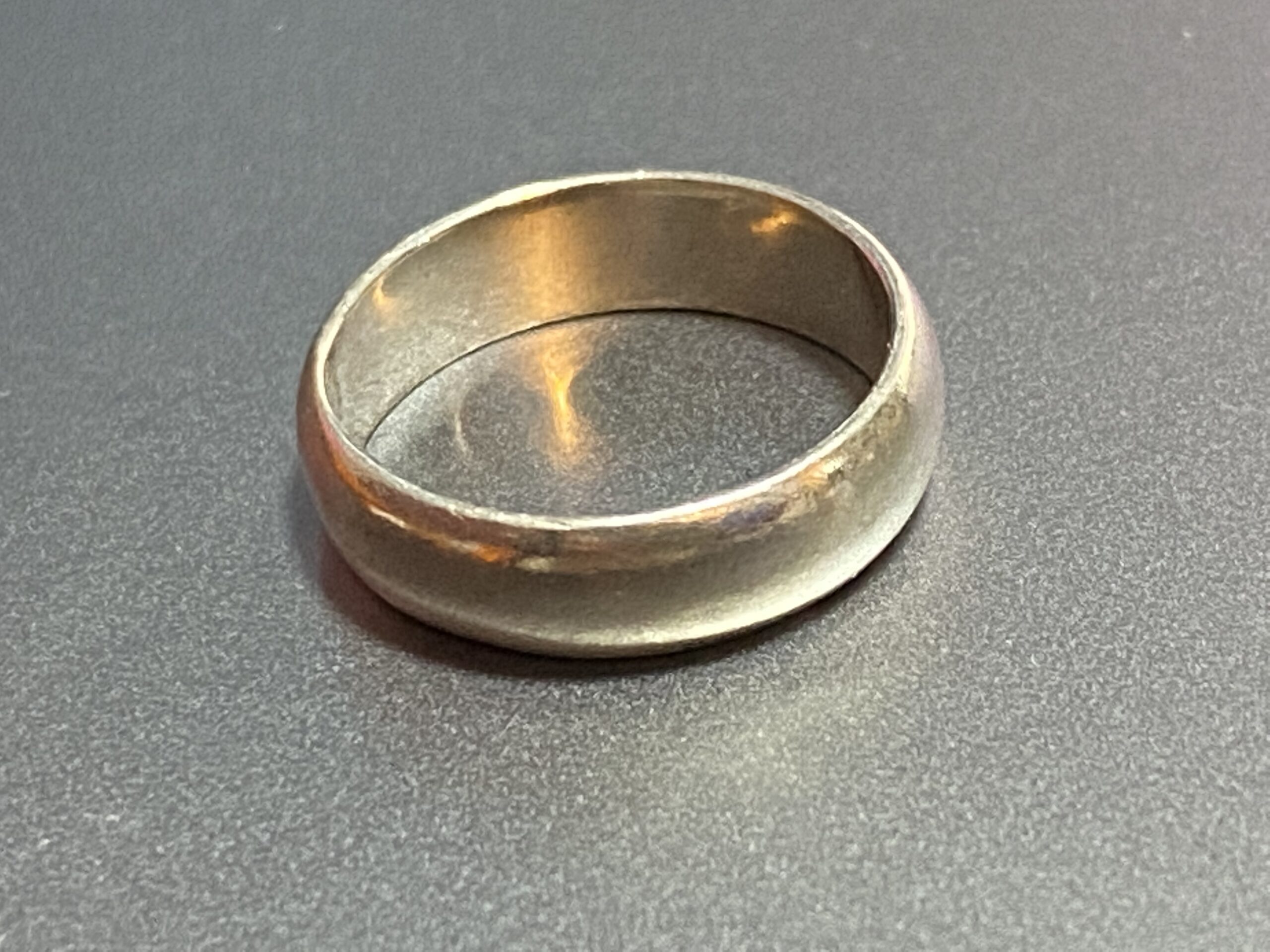
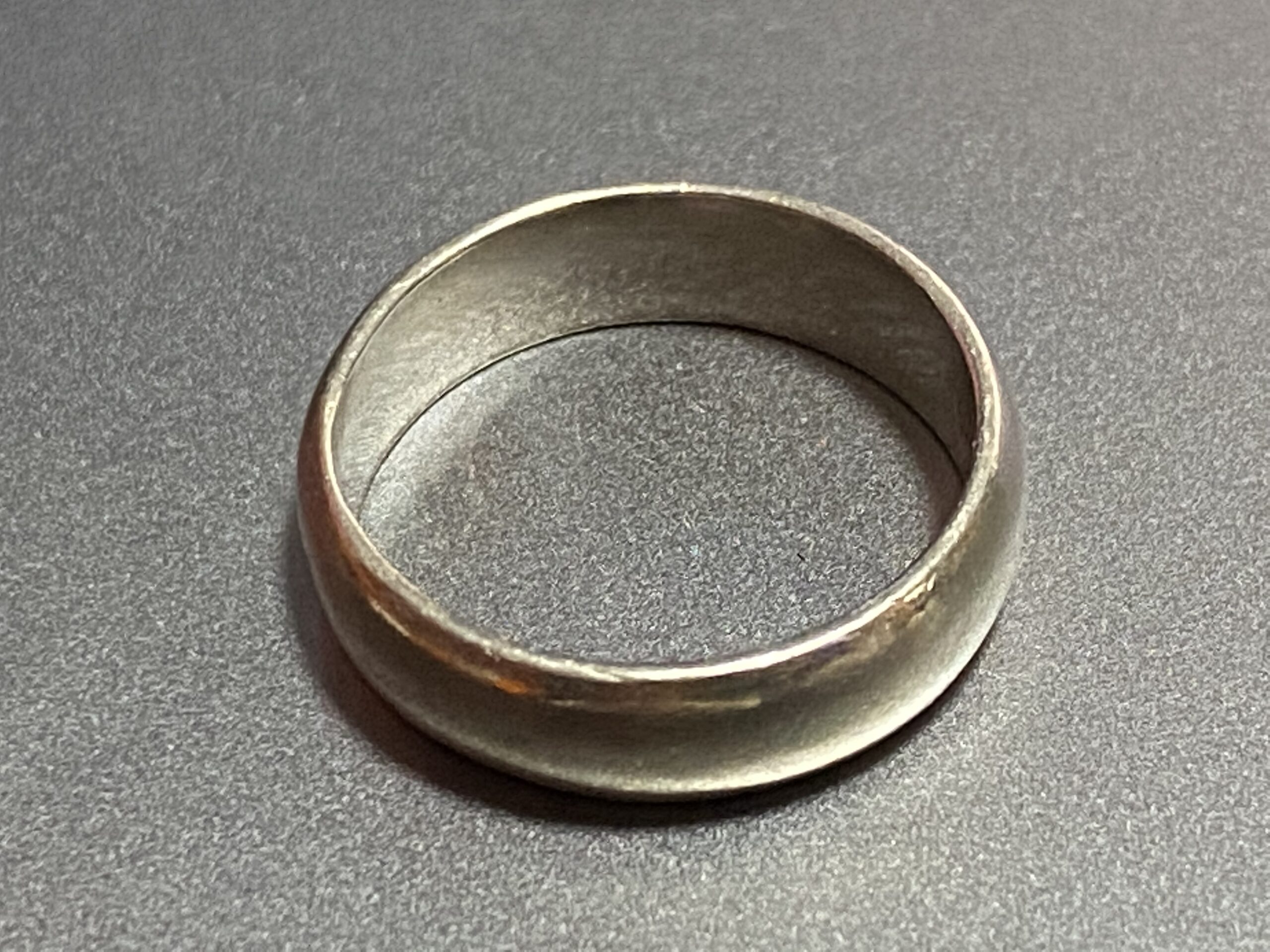
Never Miss an Important Article Again!
Join our Email List


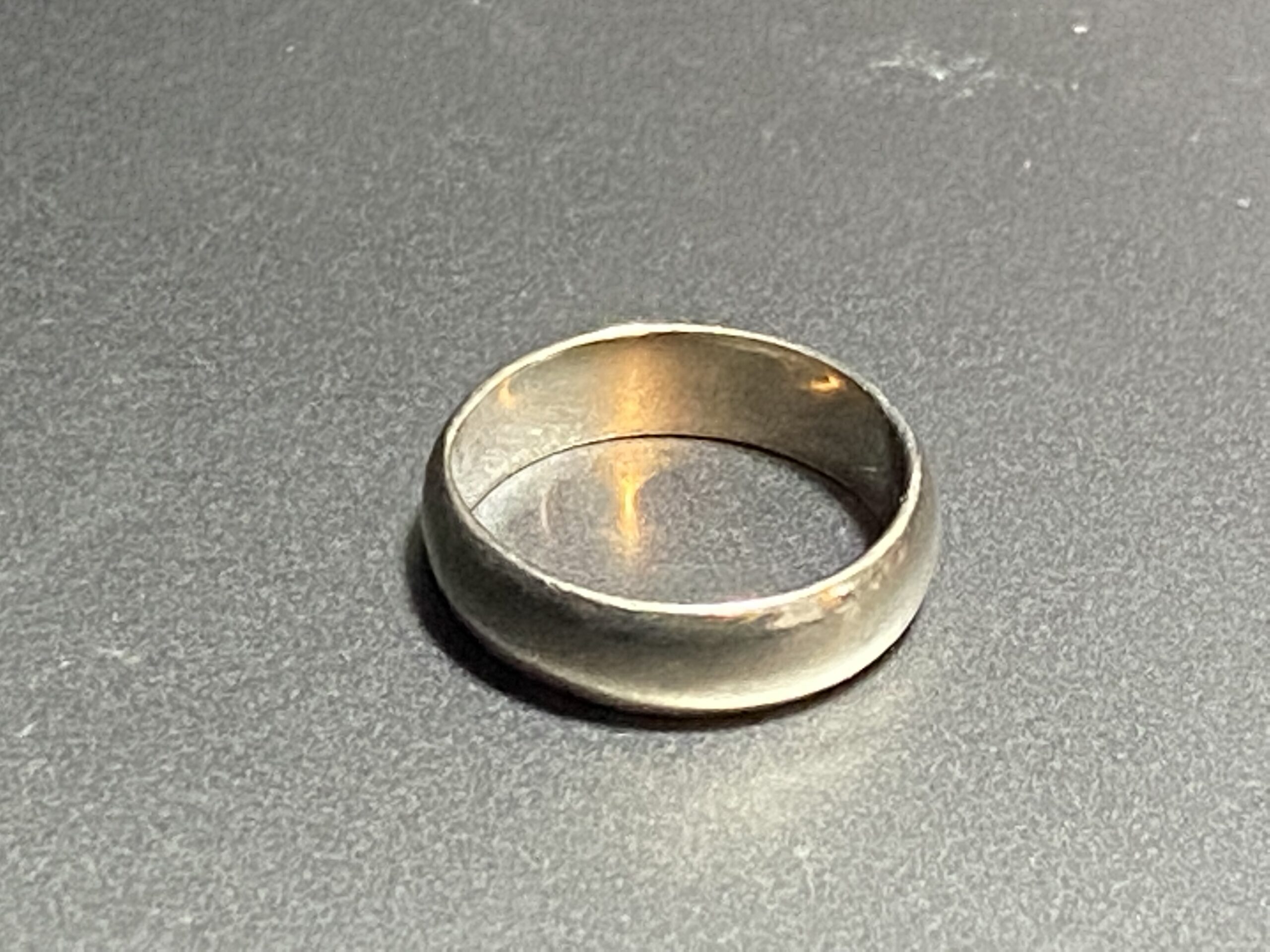
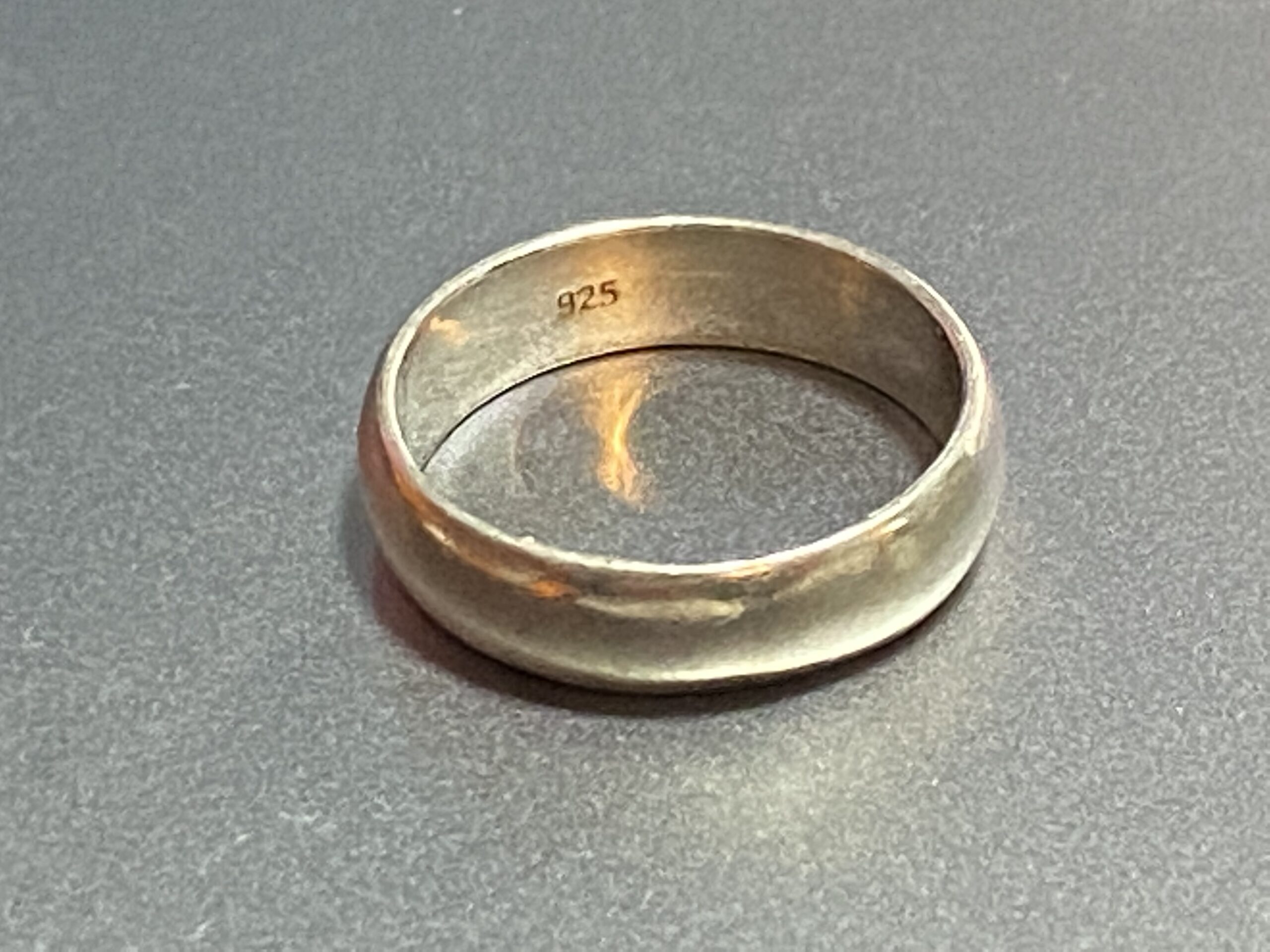
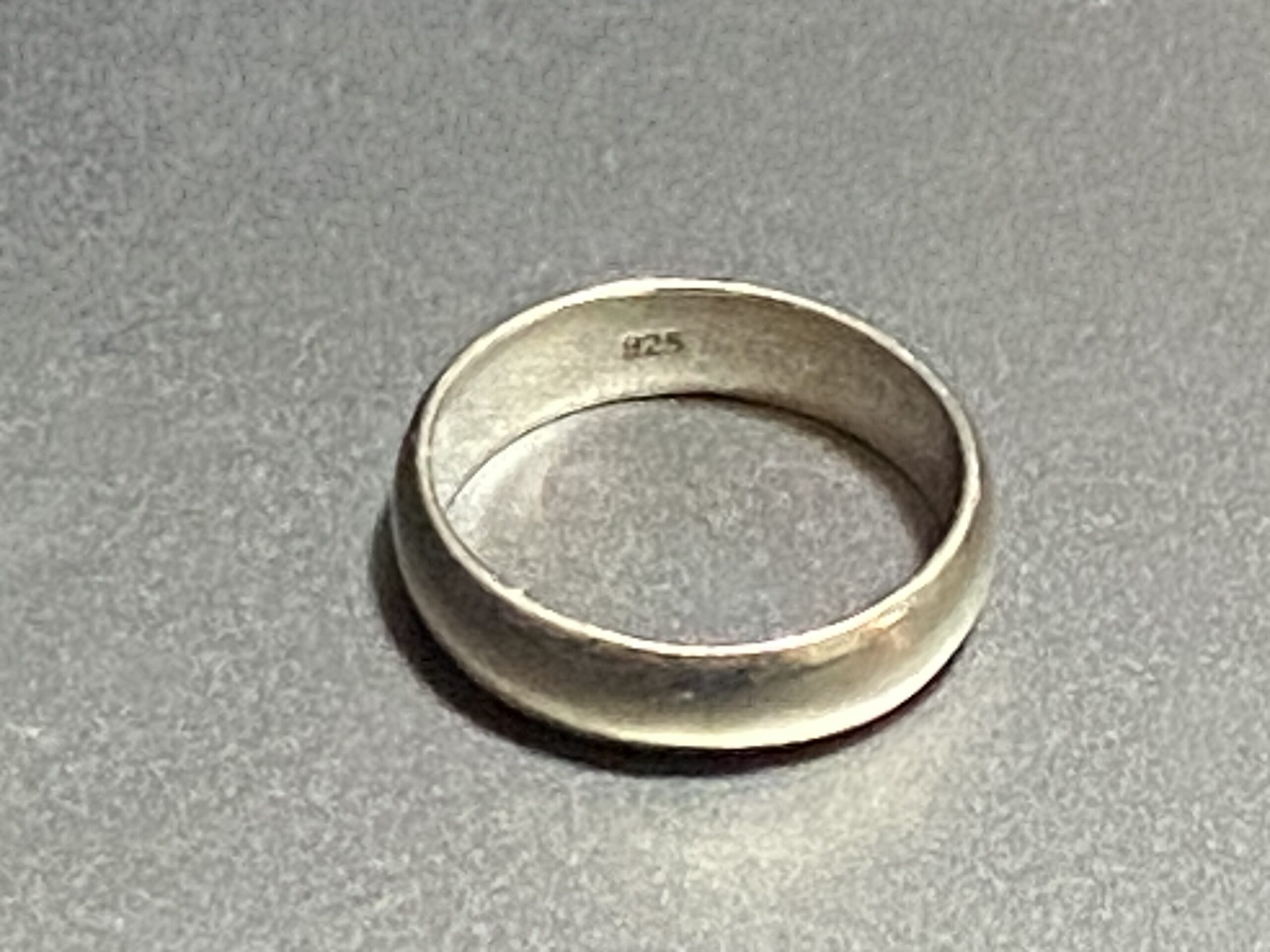

Hi Tamara!
Have you ever tested old coins? I have a ring my late husband made me out of an 1895 quarter. Quarters made before 1965(?) Are 96% silver. Is silver a problem? I have no idea what other metals would be in it either.
Per the note in the article above – older silver can be contaminated with Lead.